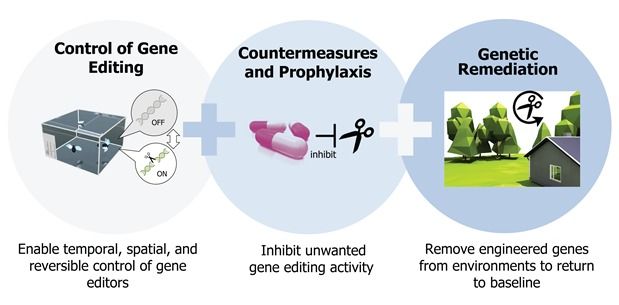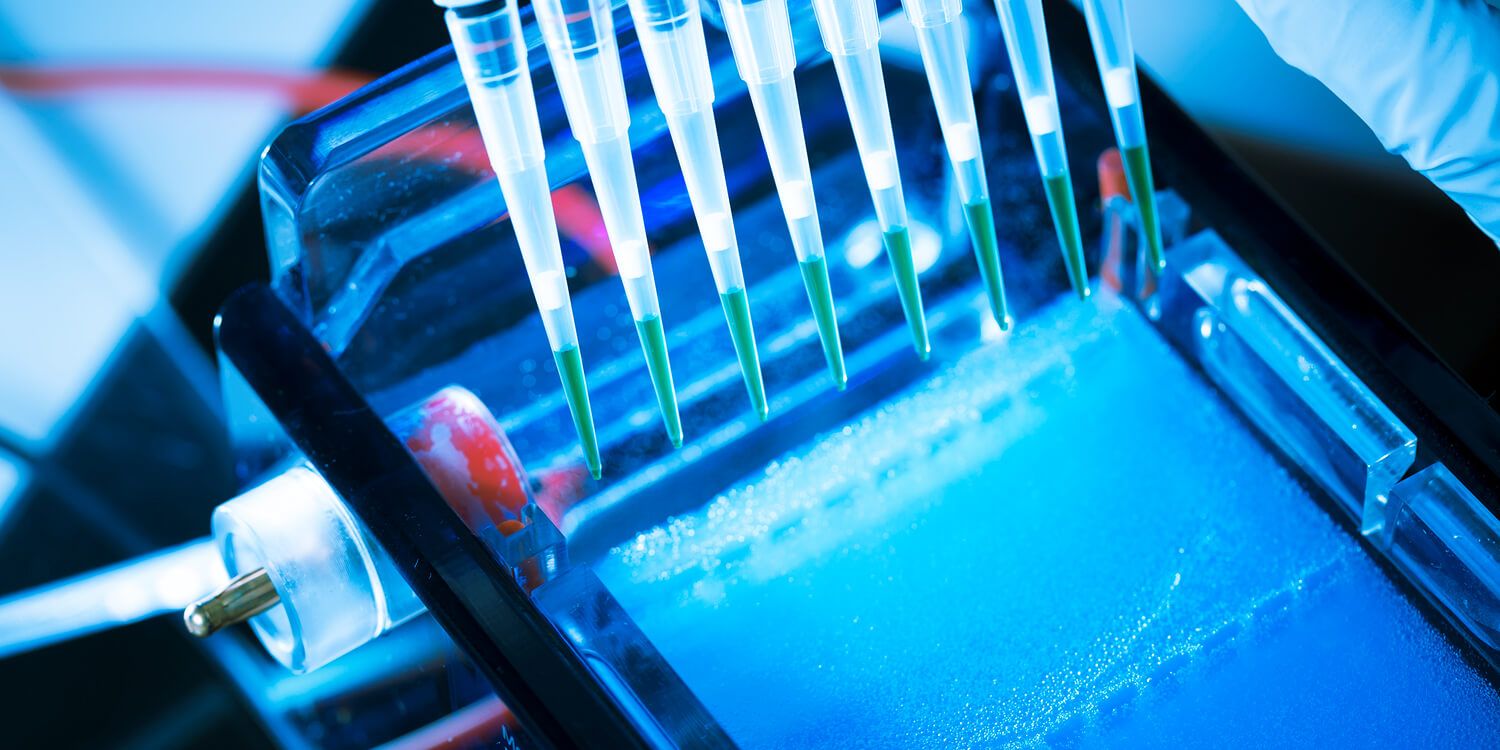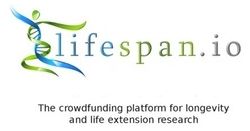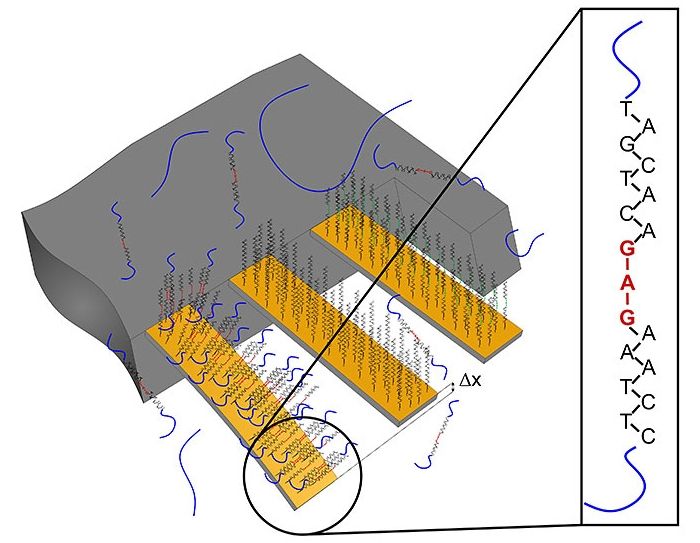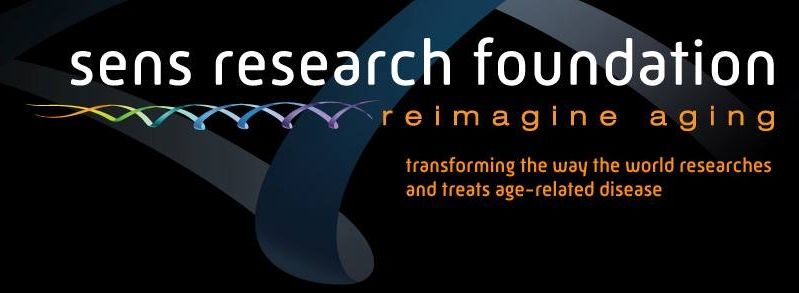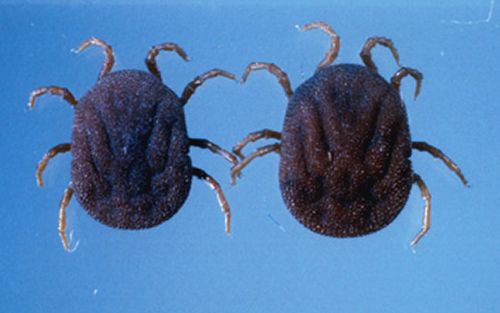Sep 12, 2016
DARPA working on safe Gene Editing Research
Posted by Klaus Baldauf in categories: bioengineering, biotech/medical, genetics
The Safe Genes program could help unlock the potential of advanced gene editing technologies by developing a set of tools to address potential risks of this rapidly advancing field. The Safe Genes program envisions addressing key safety gaps by using those tools to restrict or reverse the propagation of engineered genetic constructs.
“Gene editing holds incredible promise to advance the biological sciences, but right now responsible actors are constrained by the number of unknowns and a lack of controls,” said Renee Wegrzyn, DARPA program manager. “DARPA wants to develop controls for gene editing and derivative technologies to support responsible research and defend against irresponsible actors who might intentionally or accidentally release modified organisms.”
Continue reading “DARPA working on safe Gene Editing Research” »
